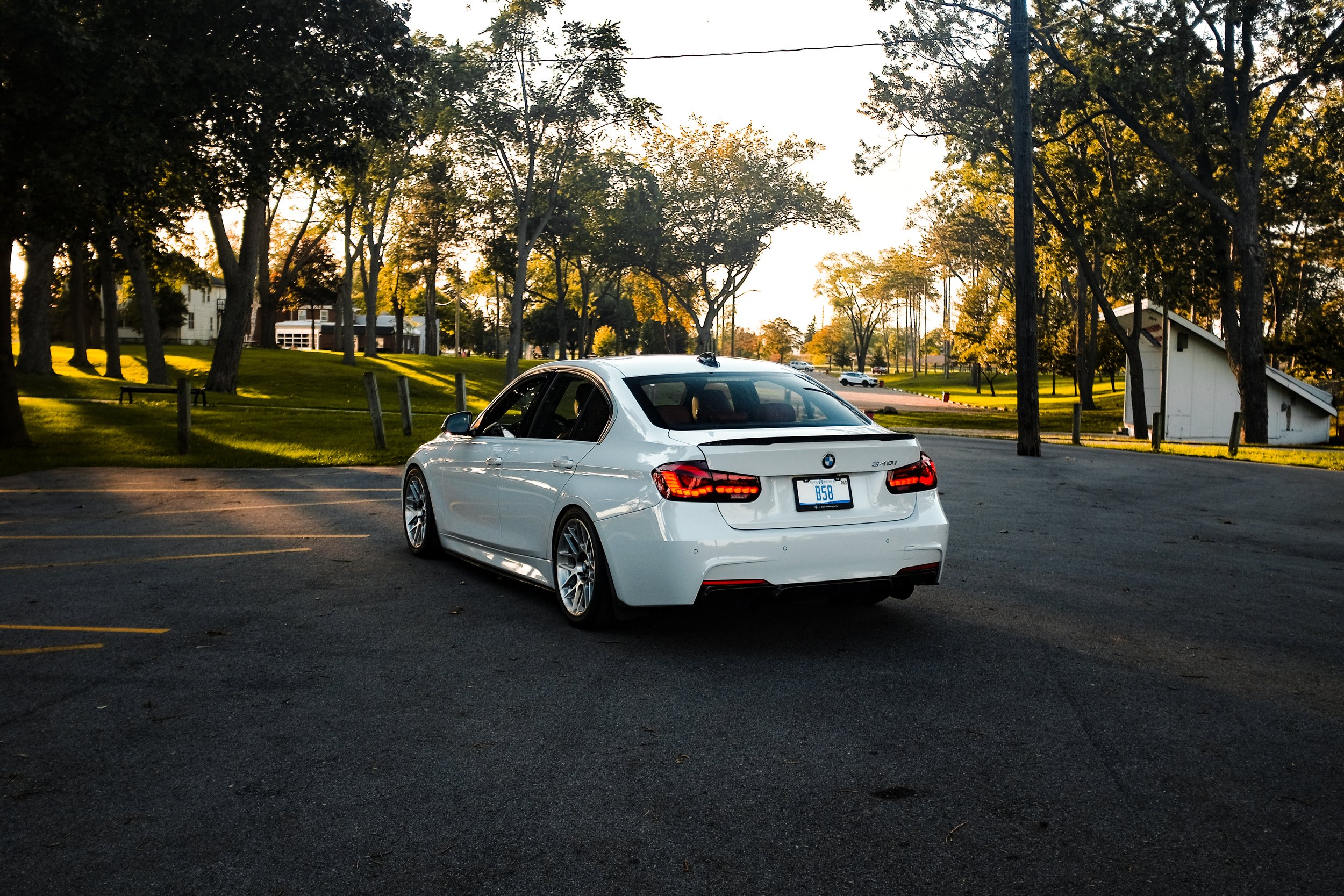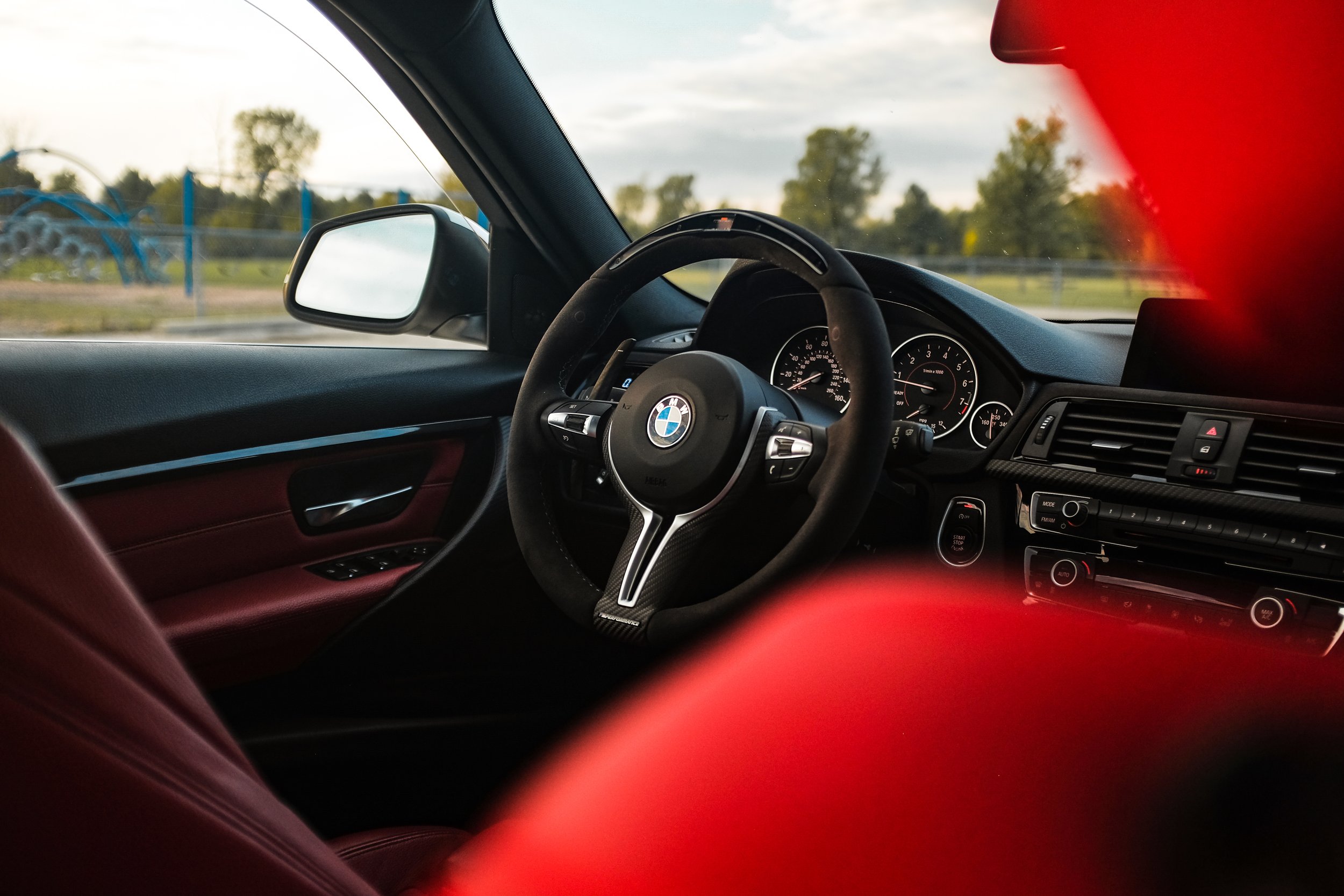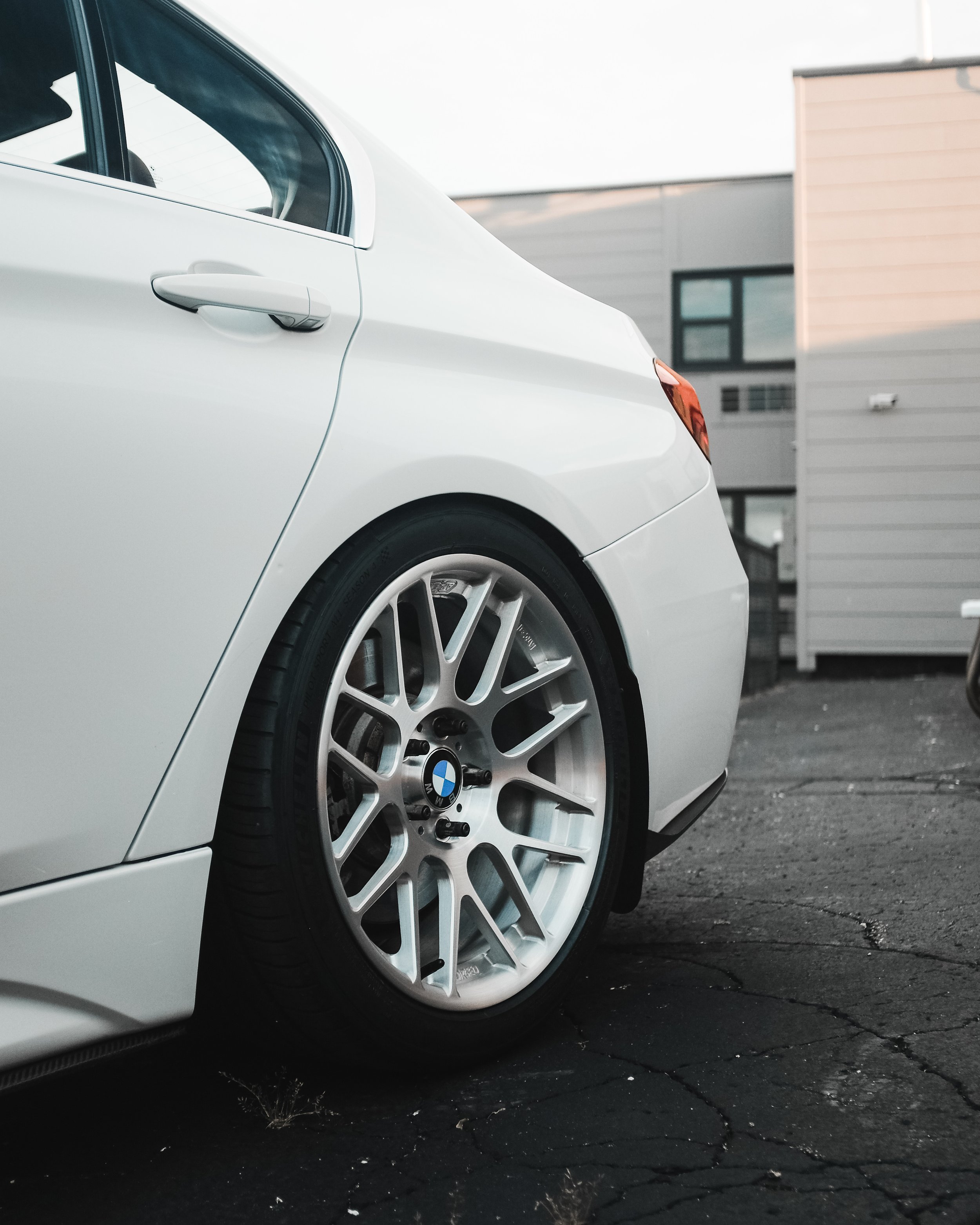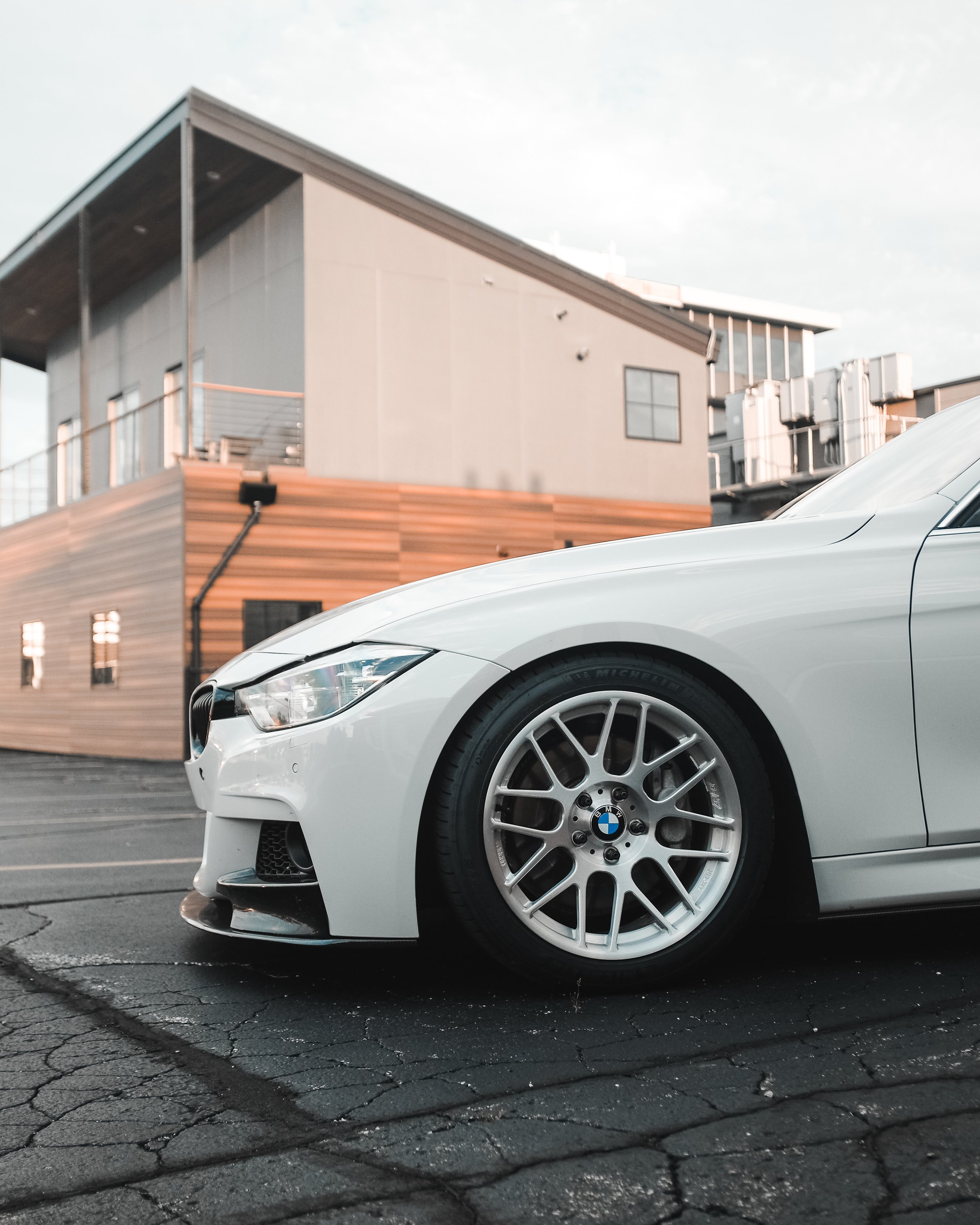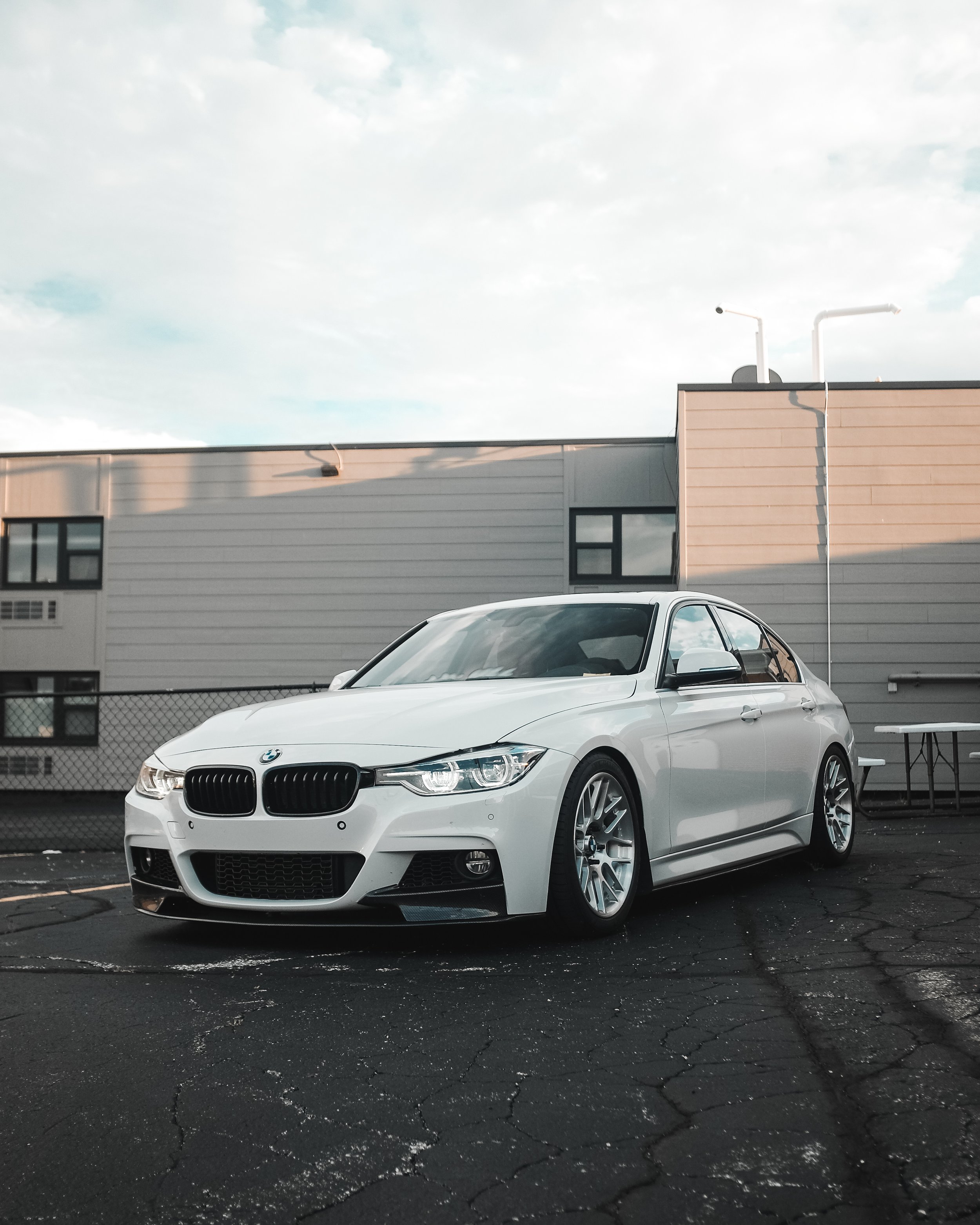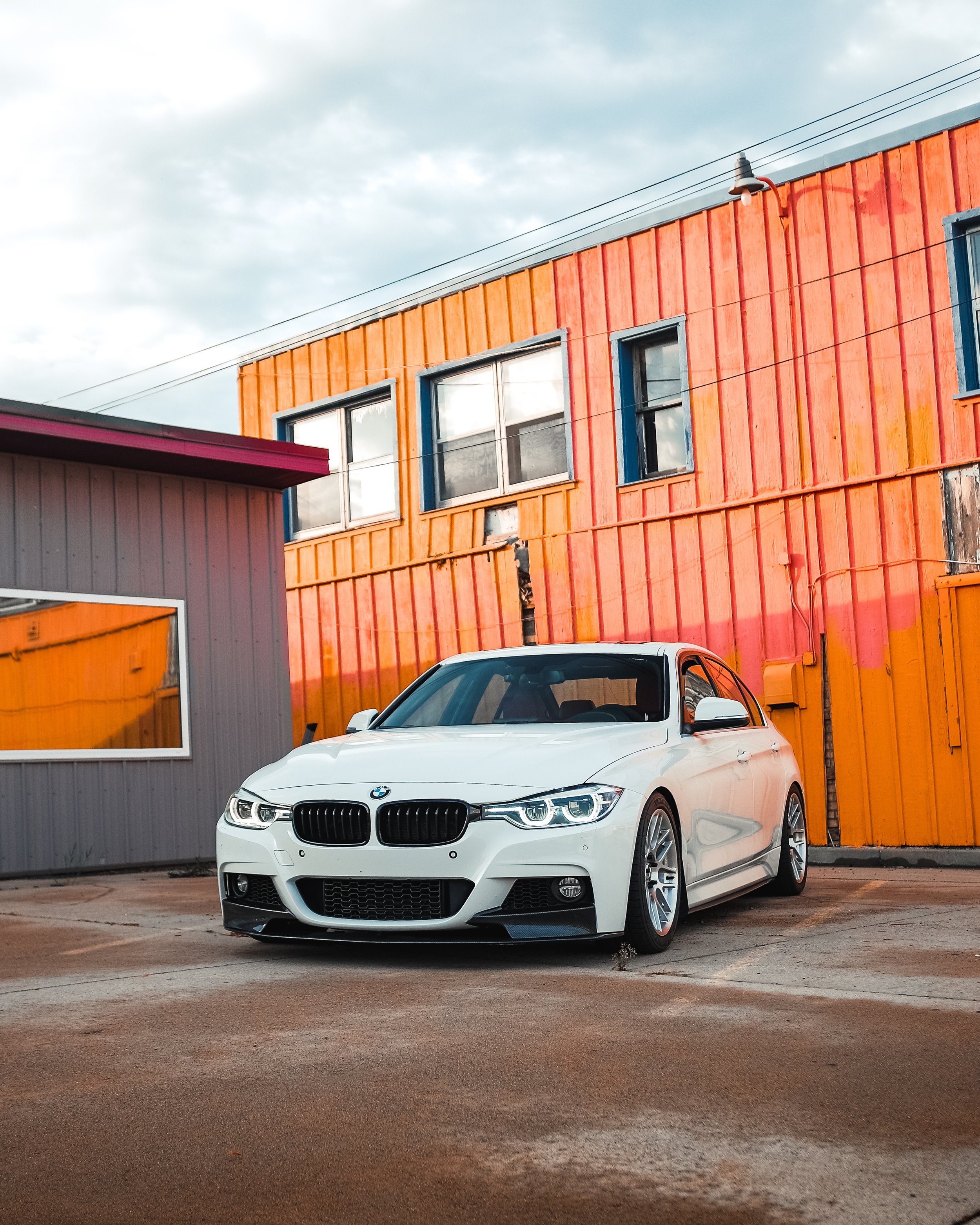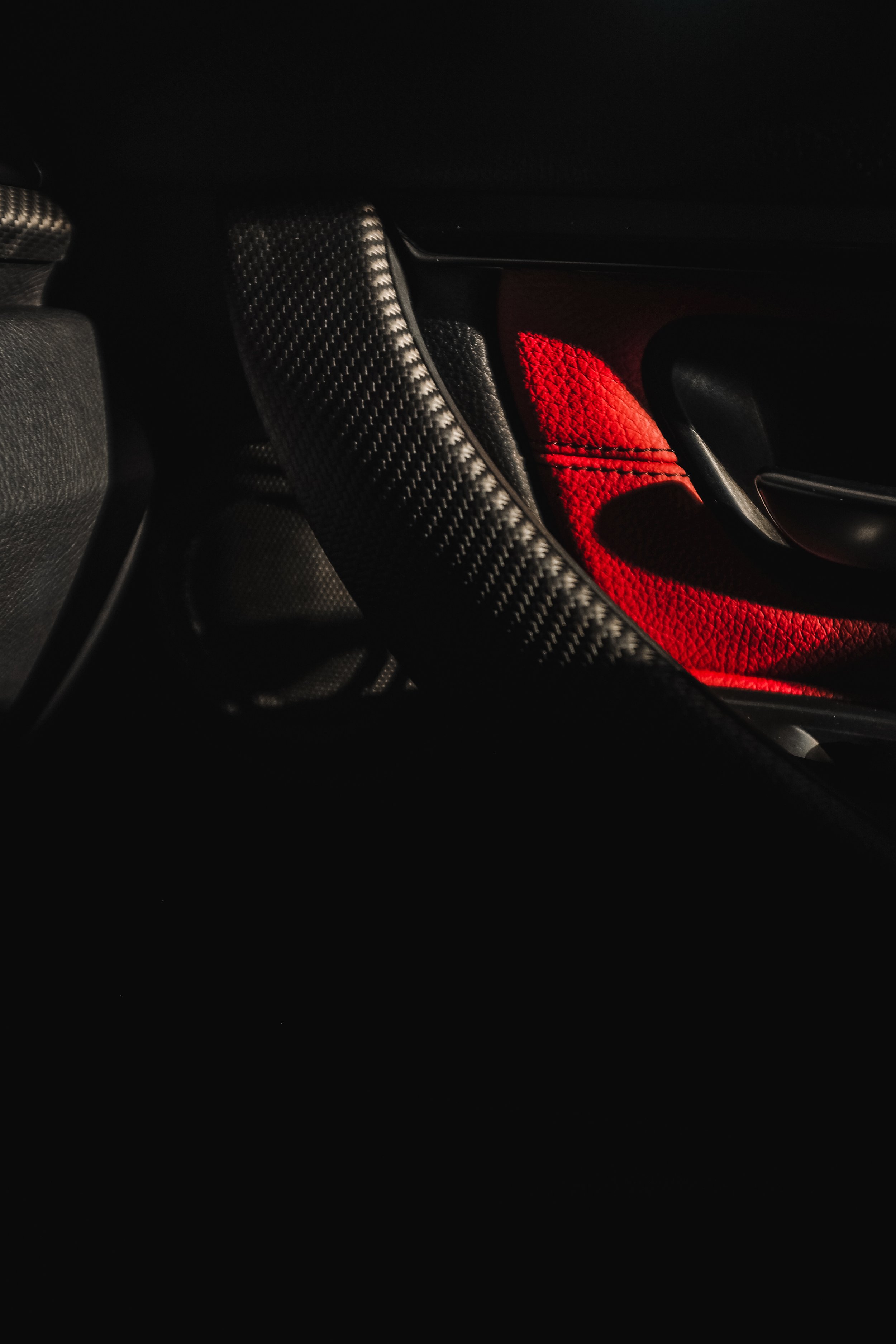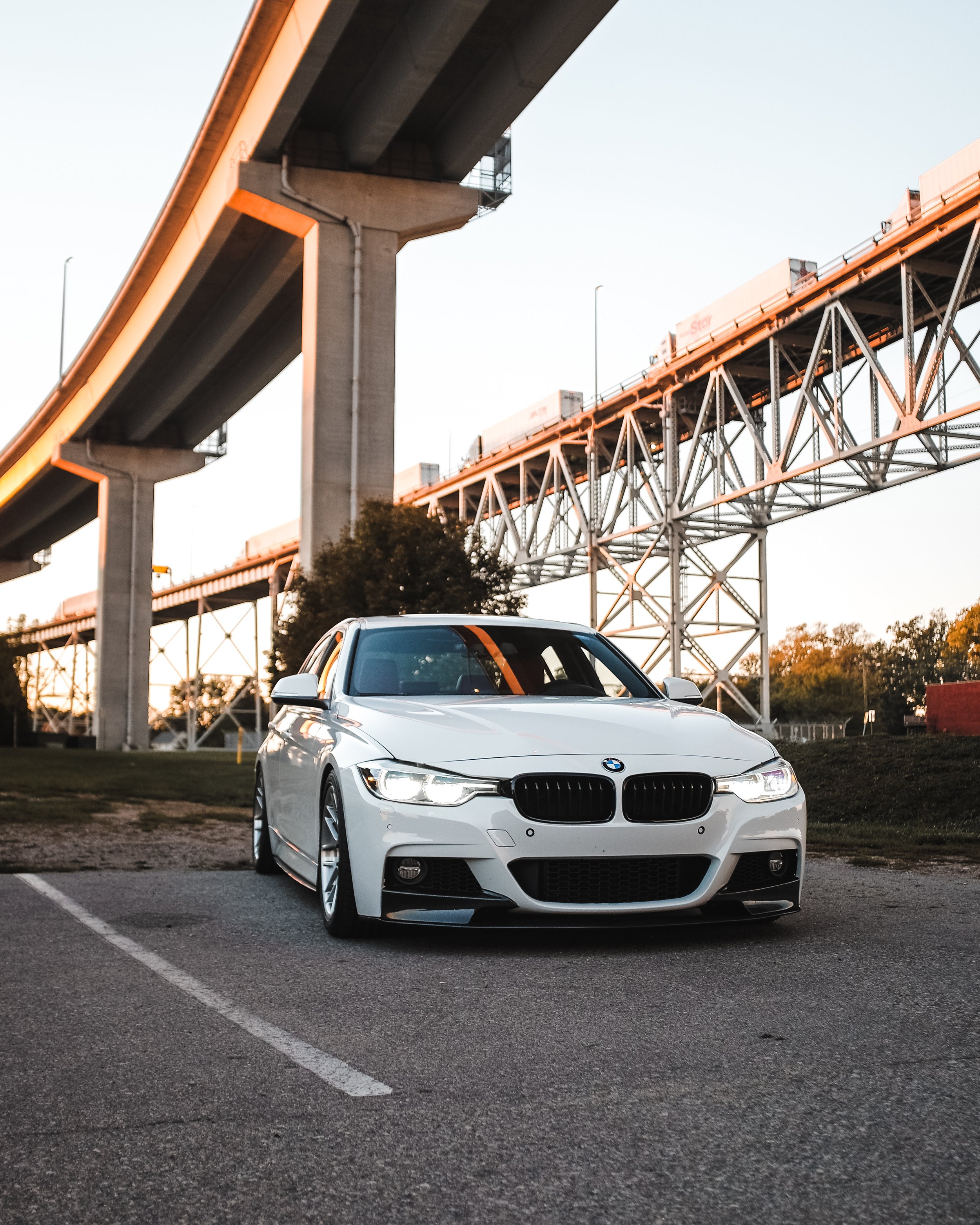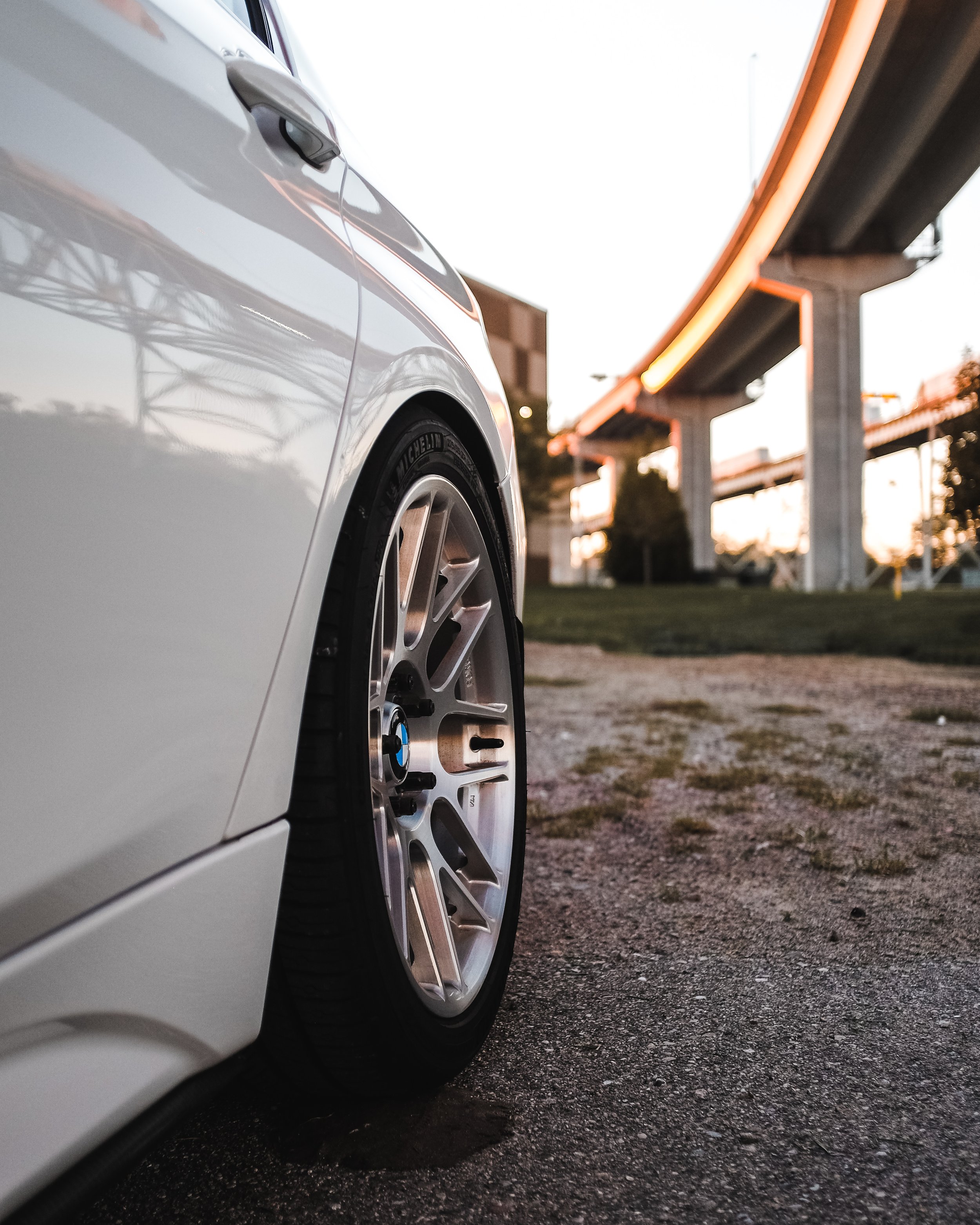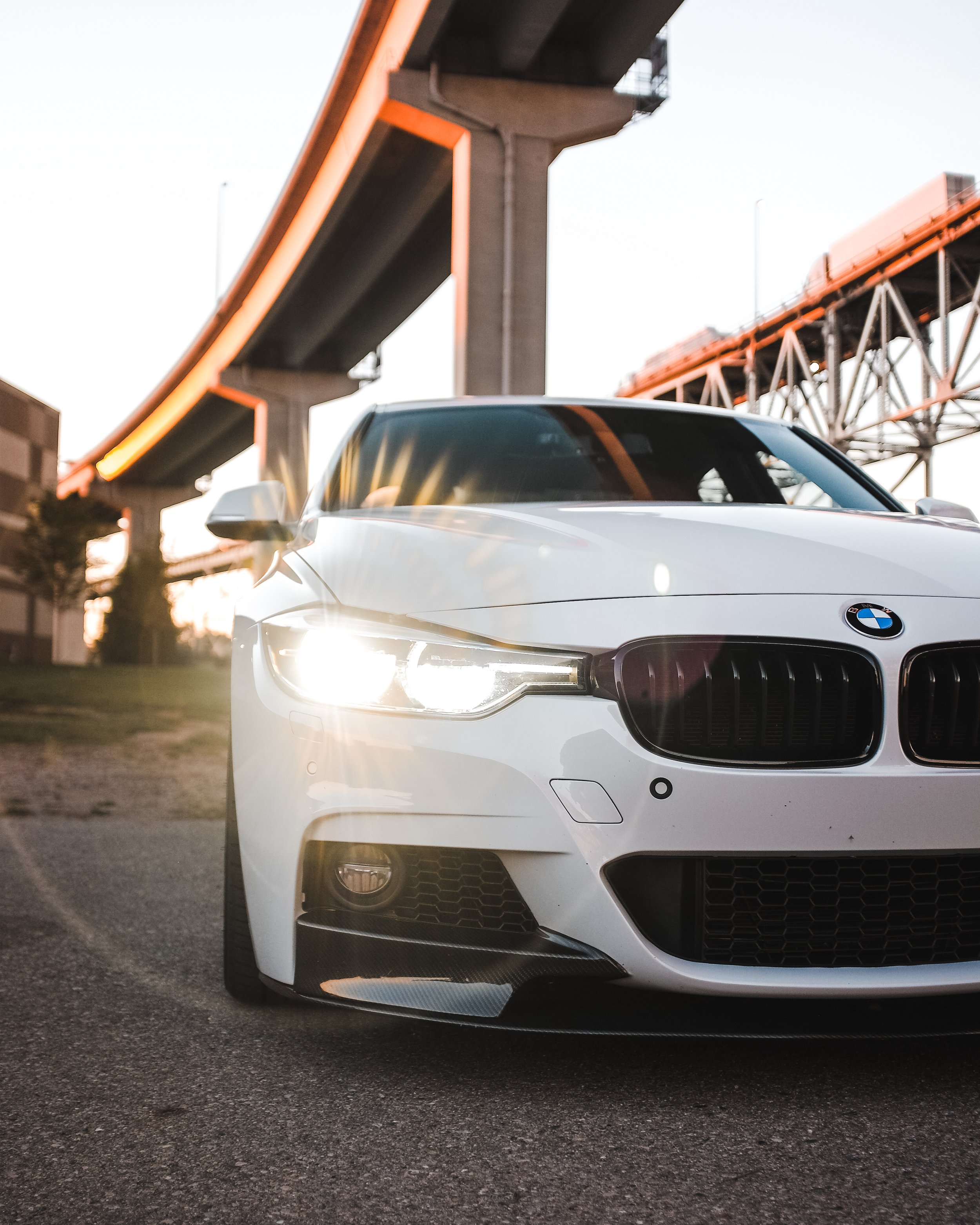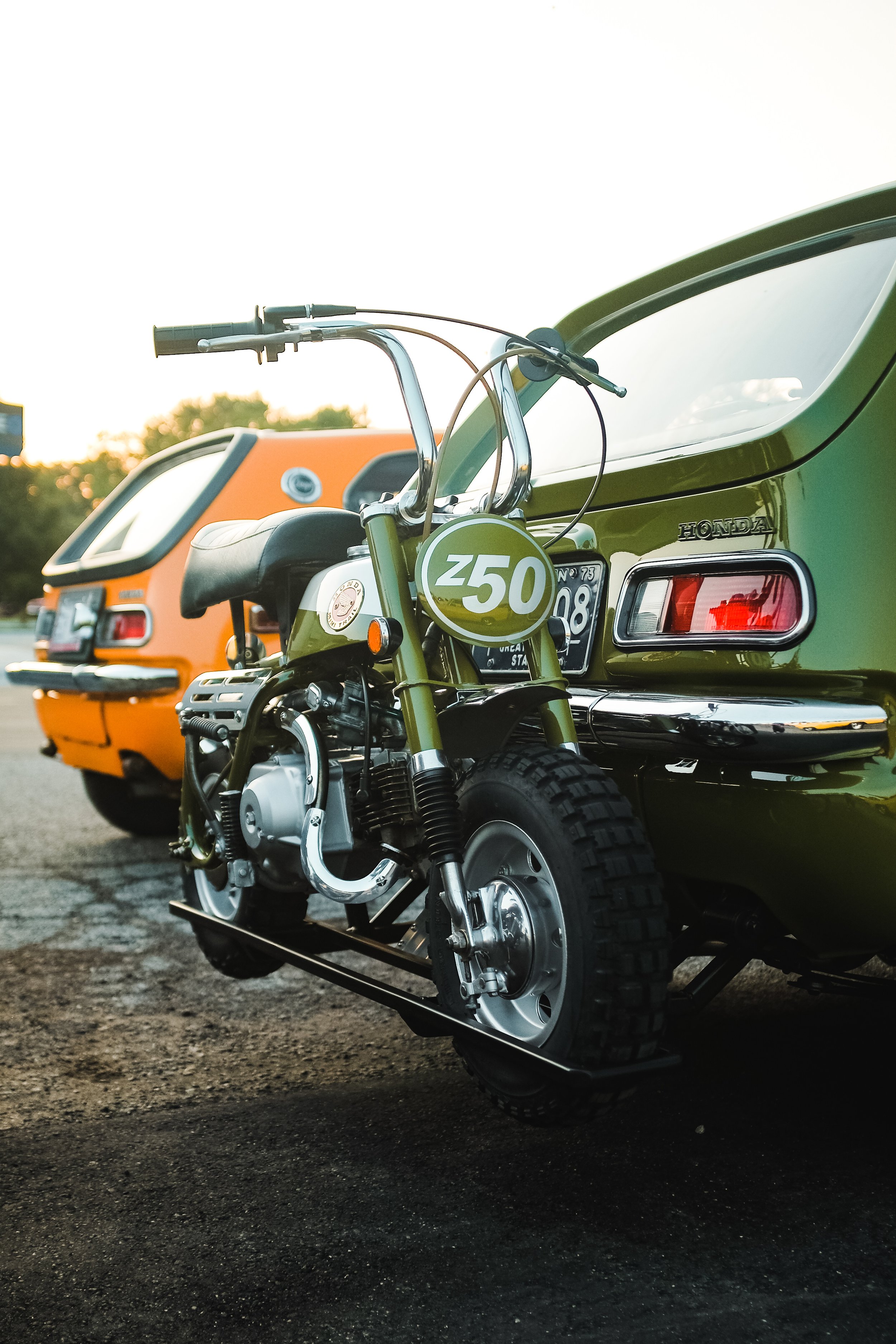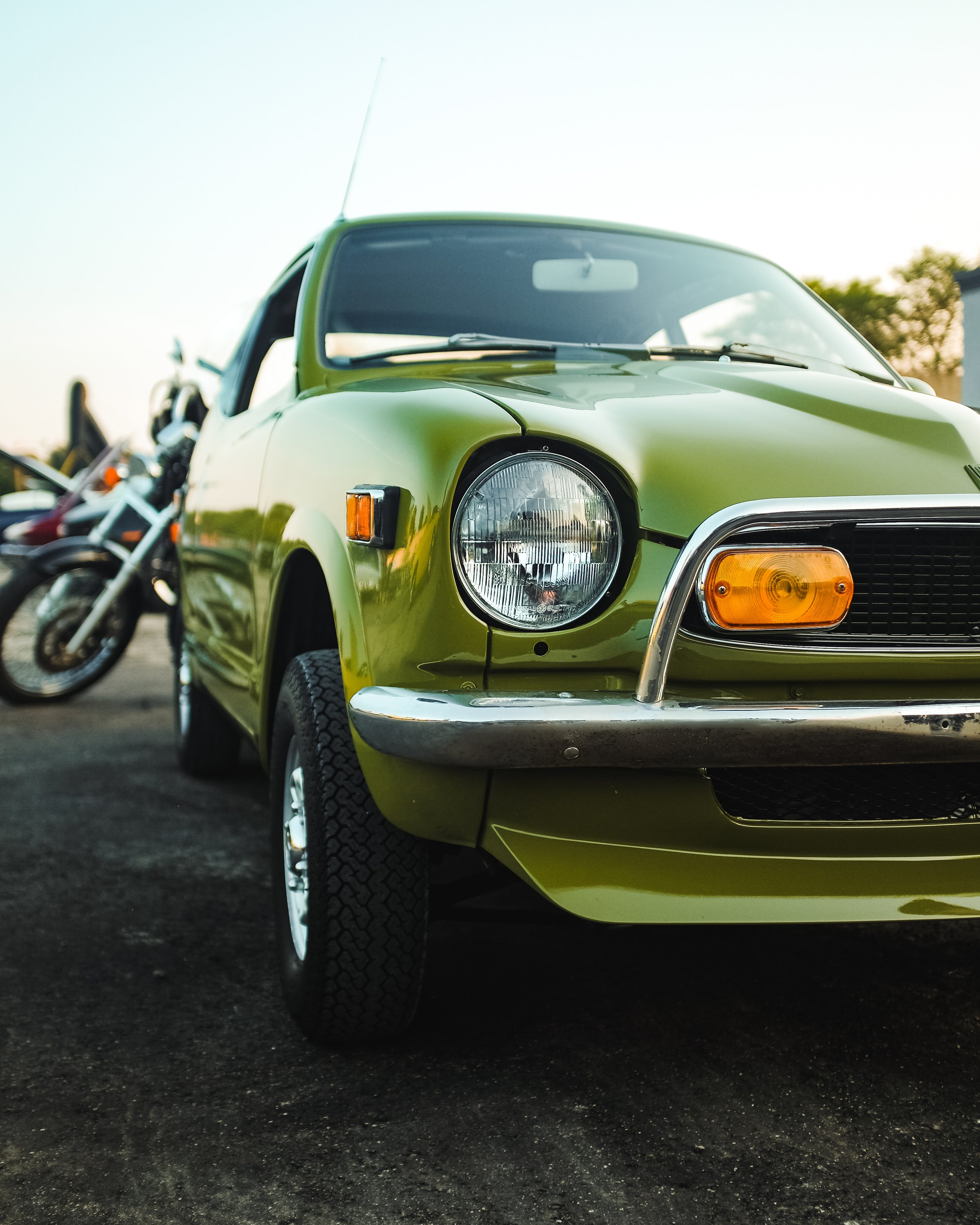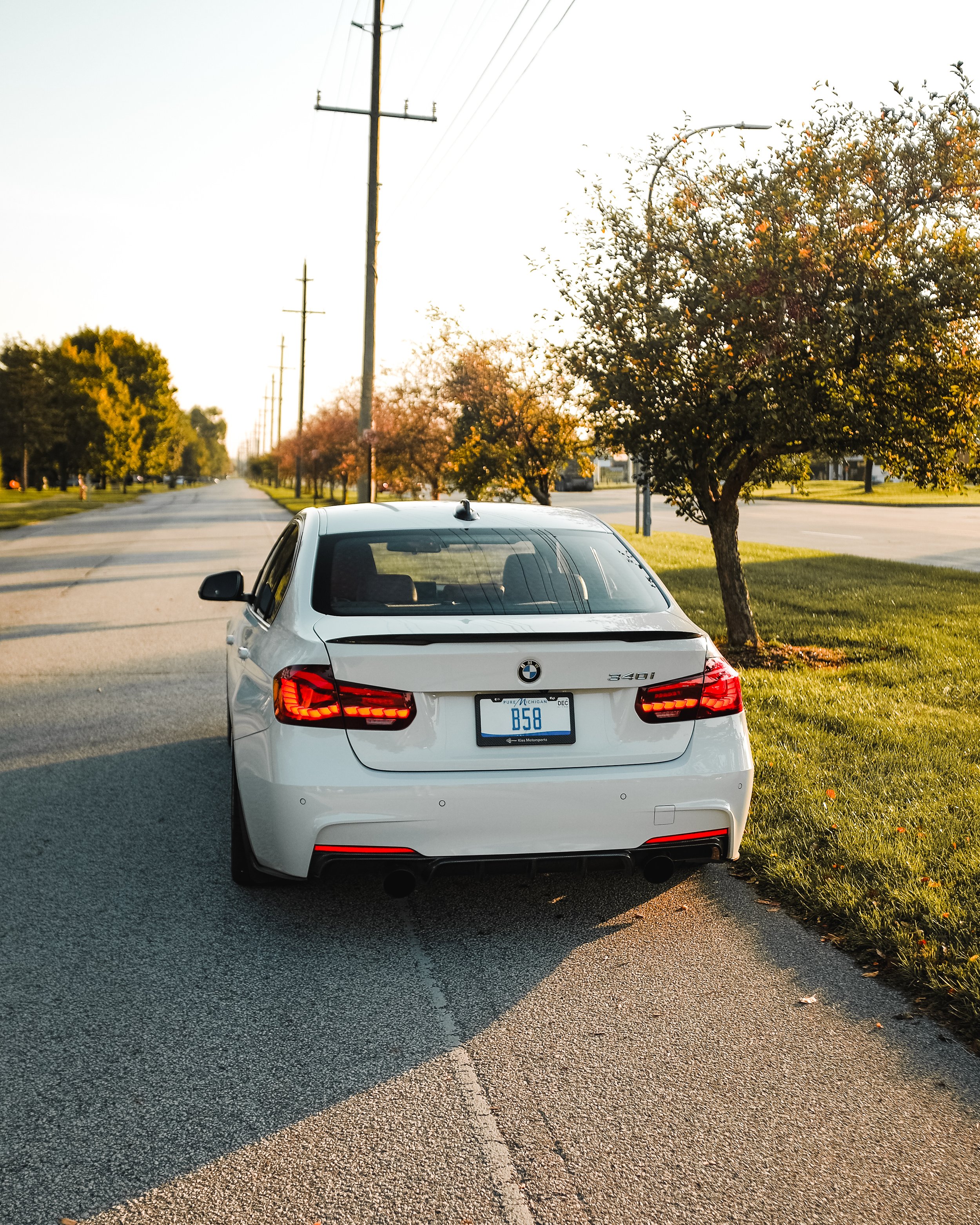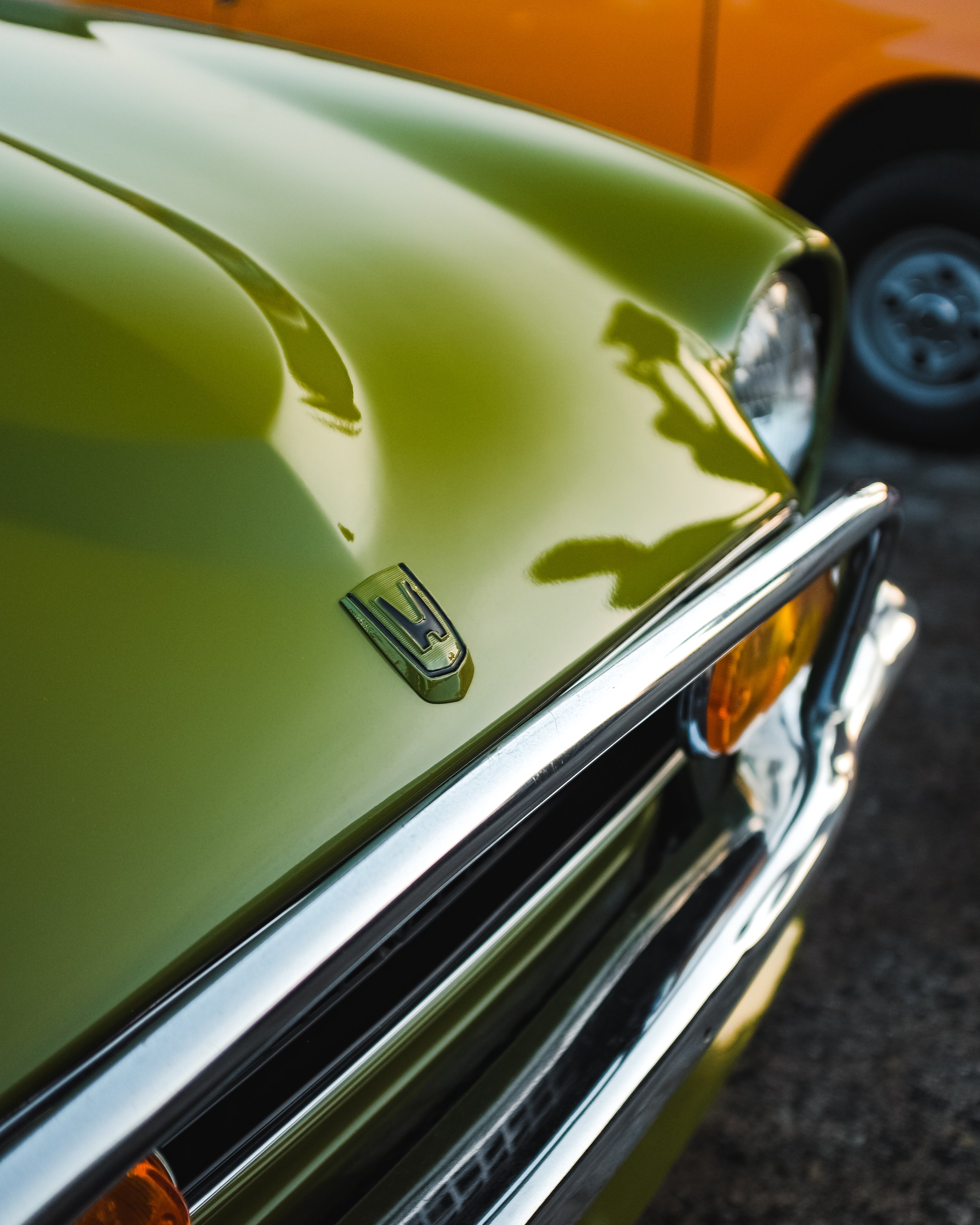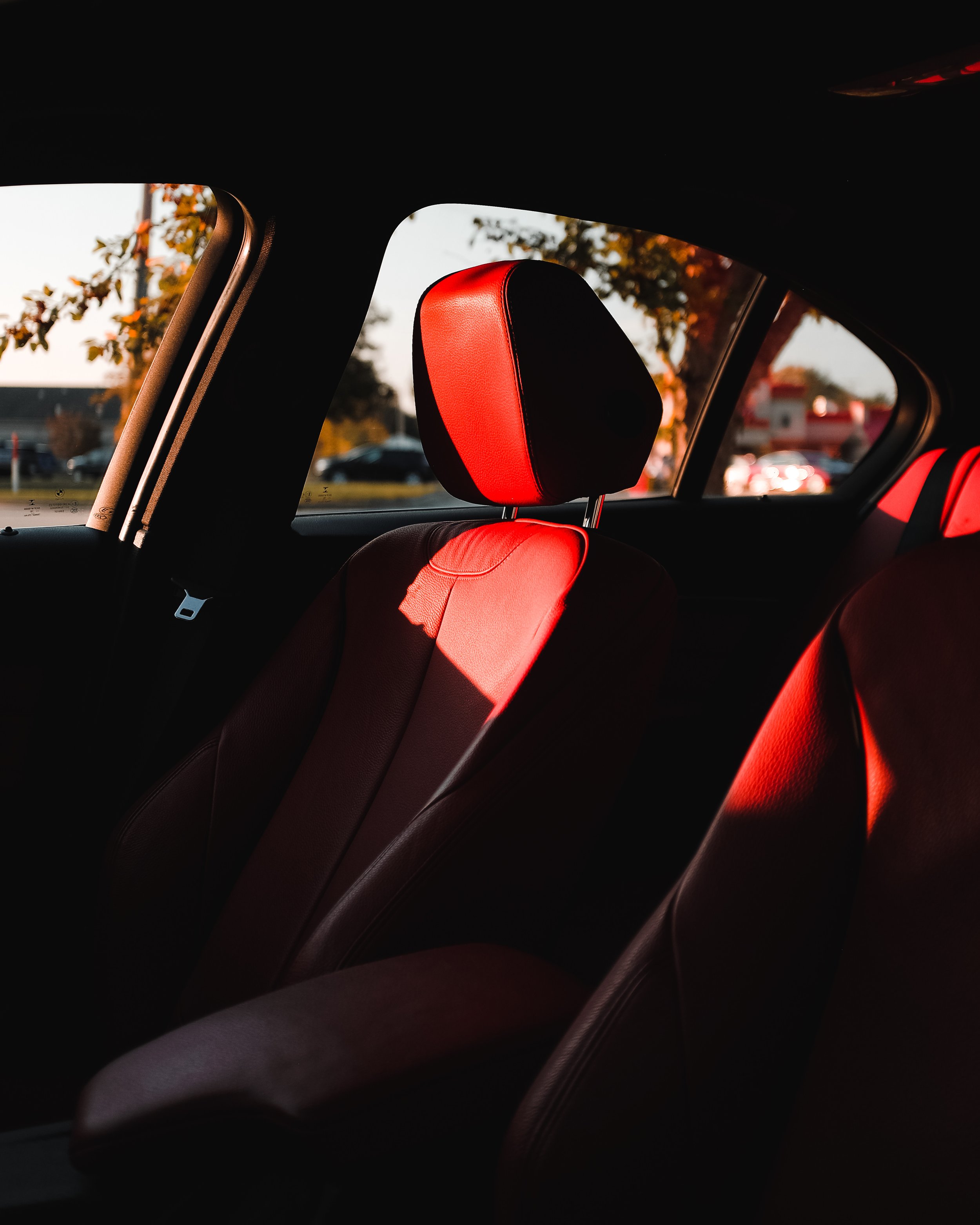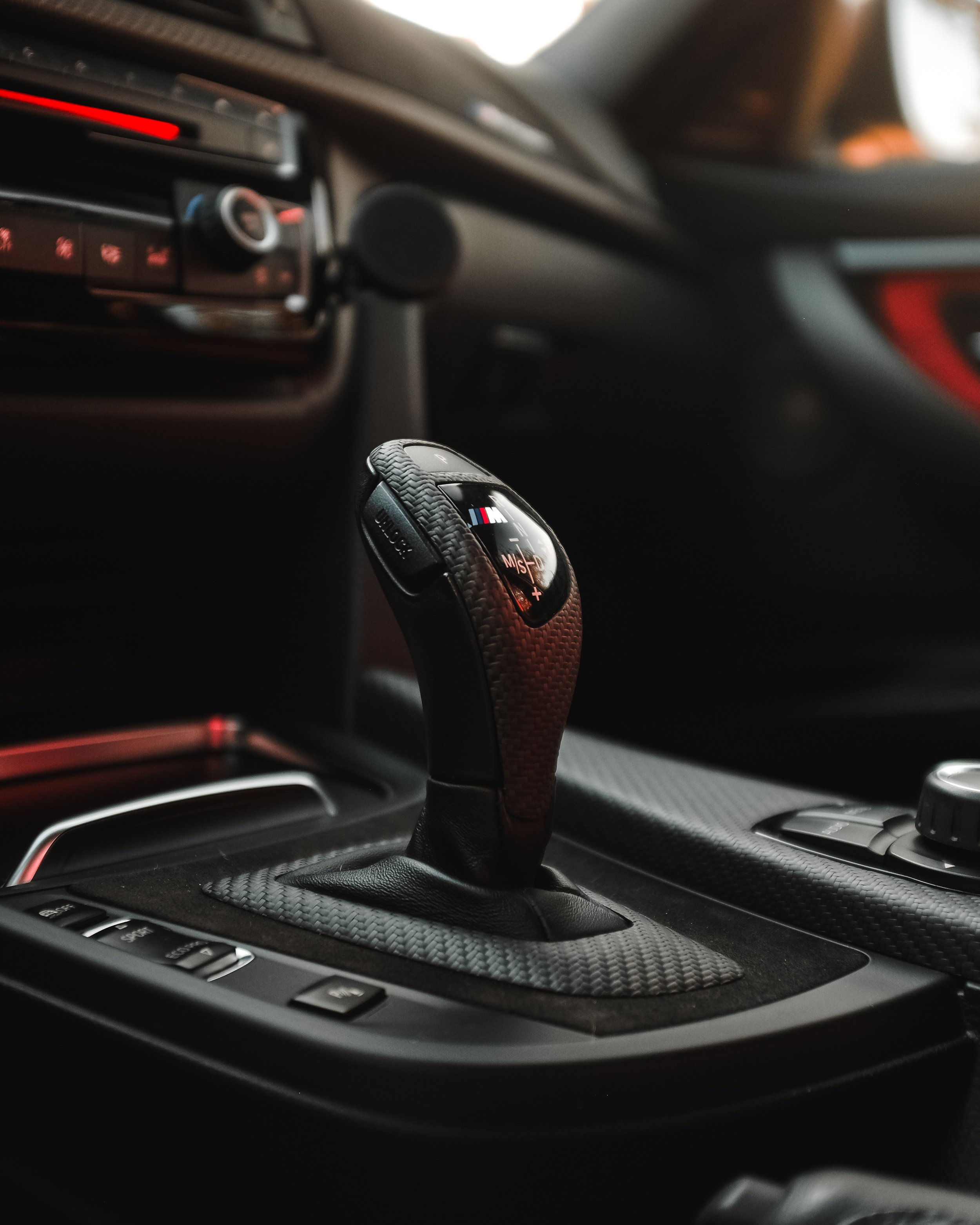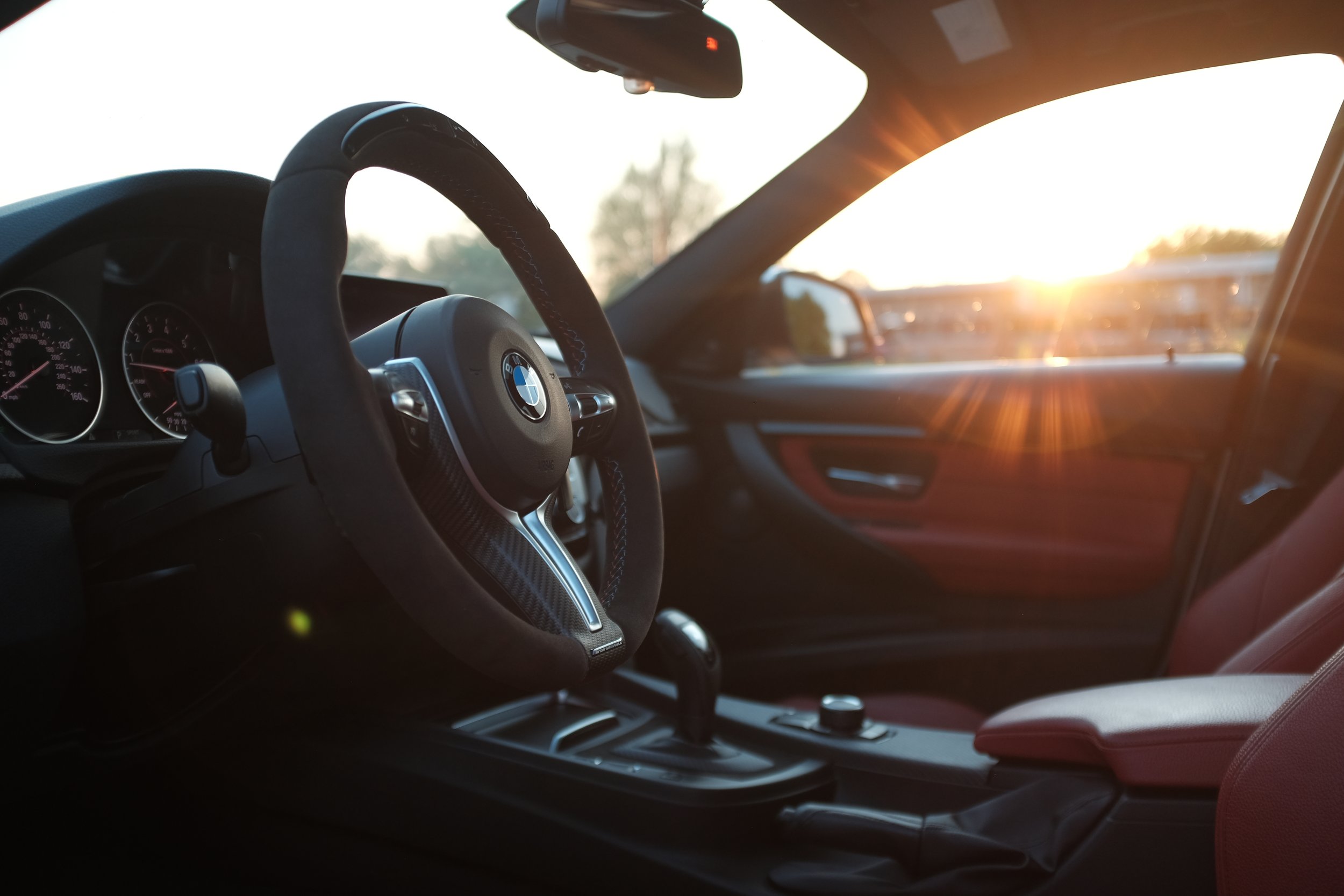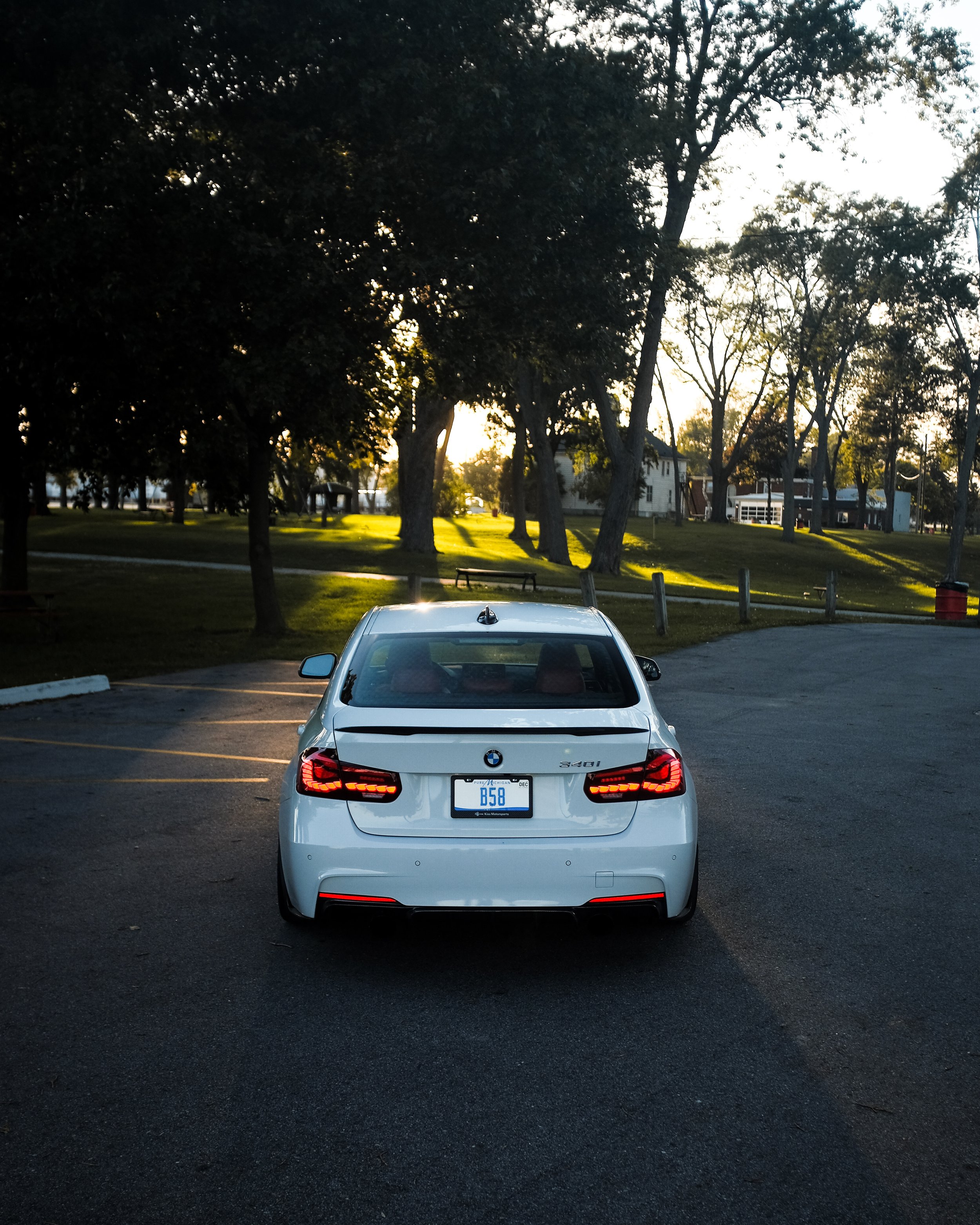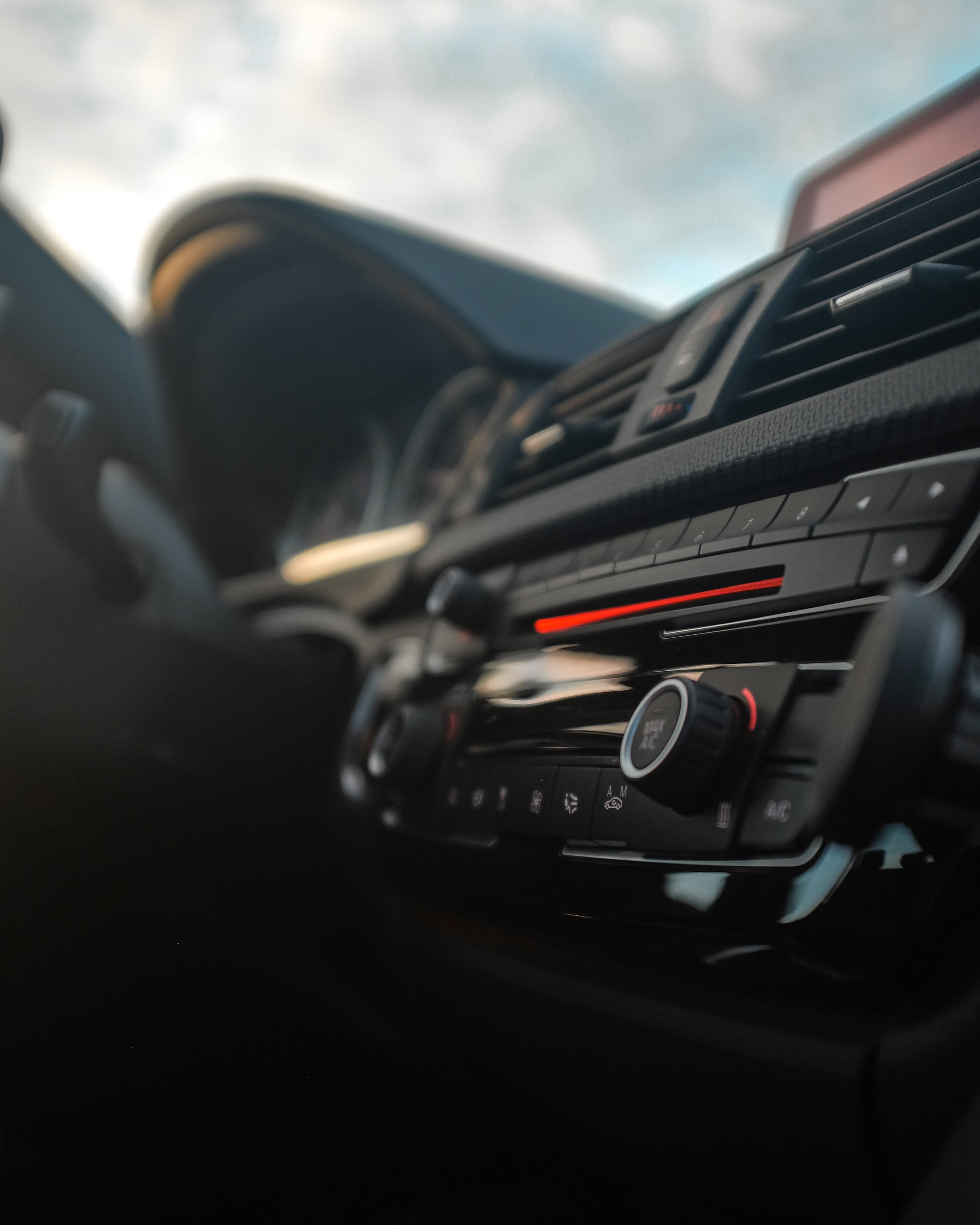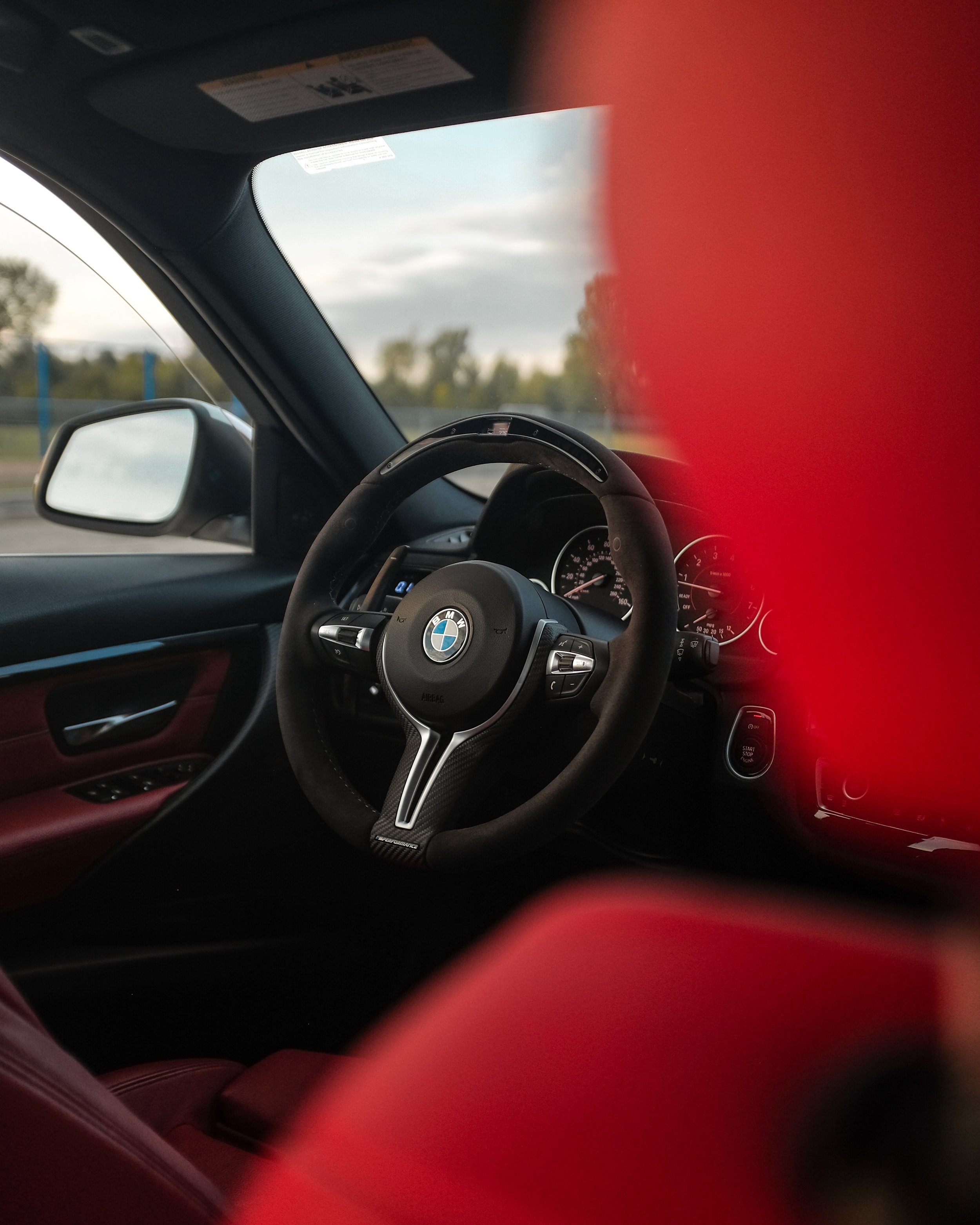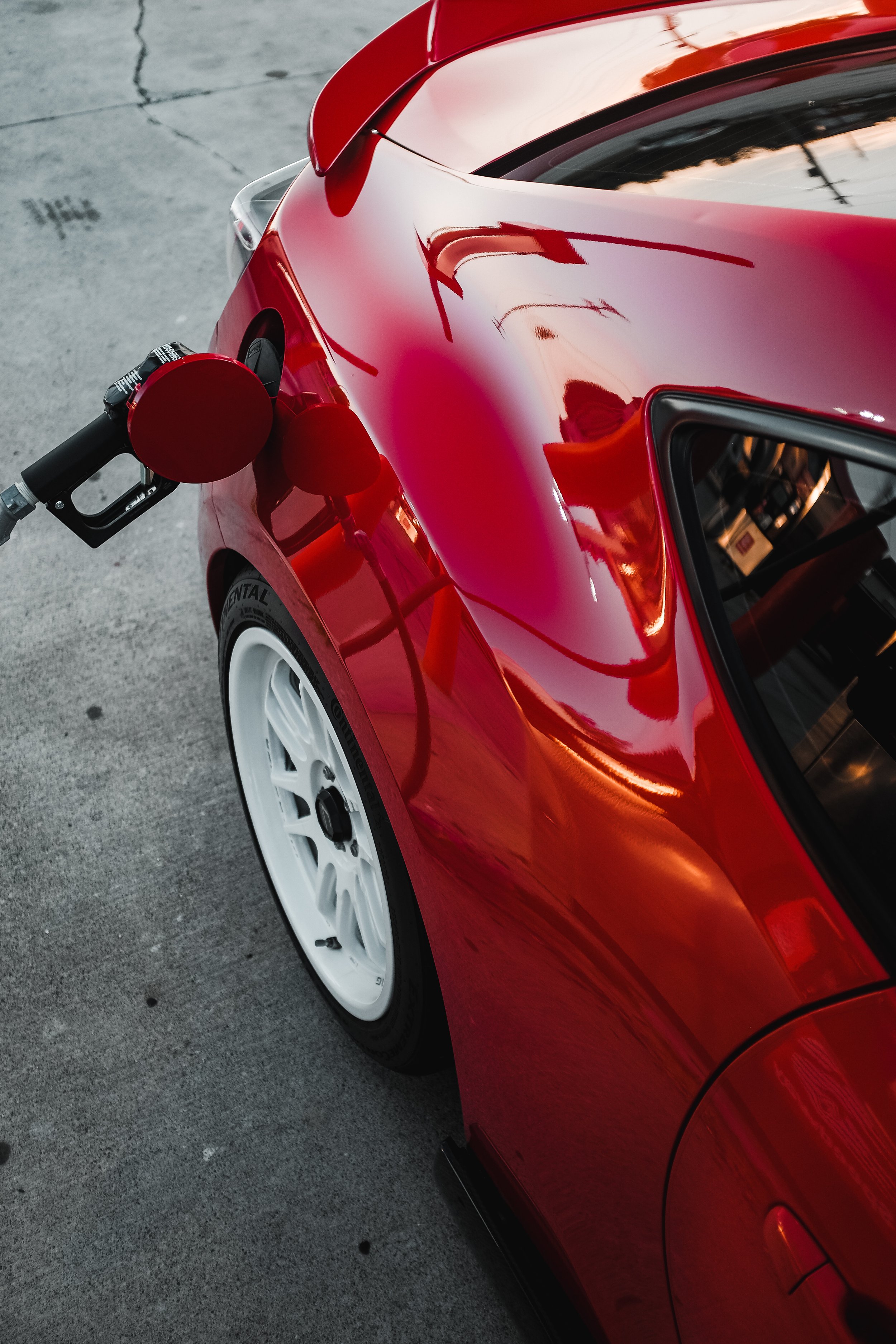For the past year, I’ve been shooting car photos almost exclusively with the Fujifilm X100T, and it’s quickly become my favorite camera that I’ve ever owned. I get a ton of questions on Instagram about affordable cameras for automotive photography, and maybe this will help you decide if a Fuji X100 series camera is for you.
WHAT IS IT?
The Fujifilm x100T is an APS-C rangefinder style camera with a built-in 23mm f/2 lens. The design resembles that of an old film camera, with manual controls for the shutter speed, aperture and exposure compensation. Released in 2014, the X100T is a few generations old now, but has all the features I need to take still photos for Instagram. I picked up this one last year used for around $500.
There’s something to be said about portability. The smaller a camera is, the more likely I am to take it with me everywhere. Of course my Canon EOS R is superior in almost every way, but it’s big and heavy, and expensive. I hate lugging it around outside my studio. Because I have my X100T with me at all times, I end up getting photos that I might not have taken otherwise.
Shutter speed and exposure compensation dials
THE BODY
Fujifilm X100T size compared to iPhone XR
This camera is TINY. It’s slightly smaller than my iPhone XR when laid flat, and a little over double the thickness. It easily fits in a coat pocket - maybe not your pants unless you’re wearing JNCO Jeans. A standout feature of the X100 line is the hybrid viewfinder. You can either look through the glass to compose your shot like an old rangefinder film camera, or with the press of a button, use the camera’s electronic viewfinder. Personally, having shot on mirrorless cameras the past few years, I’m using the EVF exclusively, but the optical viewfinder can give you that raw, nostalgic shooting experience.
In my opinion, these are the most beautiful cameras you can buy without being a doctor or a lawyer (Leica, we’re looking at you). There is something so intuitive about the manual dials that require no explanation to use. It seriously makes me wonder why other modern cameras have abandoned them. Being that the body is so small, it can be awkward to hold if you have big hands, but since it’s so light weight, I don’t find it uncomfortable. There are aftermarket grips you could buy to tailor the fit to your hand, but I prefer to keep the camera as small and simple as possible.
THE LENS
The X100T’s built-in 23mm f/2 lens
One of the quirks of this camera is it’s built-in 23mm f/2 lens that give you a 35mm full frame equivalent field of view (multiply the 23mm focal length by the approximate crop factor of 1.6). It’s a prime lens meaning it doesn’t zoom, and it’s a fixed lens, meaning you can’t change it out. You really have to love the 35mm field of view. Personally, 35mm is my favorite focal length for shooting cars. It’s wide enough to be able to be able to place the car in a background, yet not so wide that the car gets distorted. One important thing to note is because this is a crop sensor camera and the largest aperture is only f/2, you aren’t going to get the super shallow depth of field that you’d get with a full frame camera. That being said, you can still get some shallow depth of field, especially when taking close up shots of interior details. Still, this camera will force you to seek out interesting locations, rather than using background blur as a crutch for otherwise boring photos.
Because there’s not much background blur, finding the right location is everything
While some might see the built in prime lens as a con, to me, it’s what makes this camera interesting. As a Canon shooter, it meant that I could get a taste of Fujifilm cameras without needing to buy into a whole new lens system. I find this minimalist approach to be freeing in a way. Rather than contemplating, “which lens should I bring? Maybe I’ll bring them all just in case,” you’ve just go this one focal length that you have to make work for you. One notable flaw of the lens though, is that it’s rather soft when taking close up photos at f/2. Almost looking out of focus at times. The latest Fujifilm X100V addresses this with an all new lens, but that camera is nearly 3x the price, IF you can find one in stock. The softness isn’t a big issue for me though. With the right lighting, it can give your photos an etherial look, but one workaround is to use the “de-haze” tool in Adobe Lightroom.
If you’re shooting cars, I highly recommend picking up a circular polarizer with a 49mm filter thread. You’ll also need a filter adapter to prevent the front of the lens from crashing into the filter when the lens focuses. I’m pretty sure the previous owner superglued this one on.
AUTOFOCUS
Being an older camera the autofocus is notably slow, especially having used the latest and greatest from Sony and Canon. But since I’m mostly shooting stationary photos of my car, I don’t need blazing fast autofocus. Again, the latest X100V will give you a modern day autofocus system, but if you’re like me, just taking casual snapshots of your parked car, there’s no need to spend the extra thousand dollars on the new model.
You do have the ability to manually focus the lens, but its focus-by-wire, meaning there’s no physical connection between the focus ring and the glass elements inside the lens. Instead, turning the ring sends a signal to a focusing motor with an ever so slight delay. It’s usable, but a surprising decision since everything else about this camera is so tactile. My only guess is that focus-by-wire allowed for a more compact lens design.
THE SENSOR
The X100T features a X-Trans CMOS II sensor with on-sensor phase detection
The Fujifilm X100T has a 16 megapixel APS-C size sensor. Some may be wondering why I choose to shoot photos with this, when my EOS R has a full frame 30 megapixel sensor, and again, it just goes back to portability. Since I’m just a hobbiest shooting photos for my personal Instagram, even 16MP is overkill. And I can’t stress enough the size and weight difference between these two. Being an older sensor, the photos do get grainy above ISO 1000, and even with the f/2 aperture, the low light performance is where this camera really starts to show its age. Still, the colors look gorgeous straight out of camera, and aside from the retro hipster vibe, it’s easy to see why people love these cameras so much.
If you’re not familiar with Fujifilm cameras, they have something called “film simulations” which are kind of like Instagram filters, but actually good. You can choose to shoot .jpeg with these filters baked into the image, or simply shoot RAW and have the flexibility to edit the photos however you’d like. I really like the “Classic Chrome” simulation for automotive photography. Lately, I like to shoot Classic Chrome jpegs and make slight adjustments in Lightroom Mobile before posting to the Gram. Foregoing the RAW process entirely.
VIDEO
This camera does have the capability to shoot video BUT, it’s only 1080p, the video autofocus is only so-so, and there’s no image stabilization in either the body or the lens. It can work in a pinch, but this is a still photo camera first and foremost. Once again, the newest X100V is superior in the video department, but since I’m using my EOS R for video, I don’t necessarily need cutting edge video specs in this camera.
SHOULD YOU BUY ONE?
The X100T has been one of my favorite cameras I’ve ever owned. It gives you a better image and shooting experience than a phone, in a package that’s more portable than a big interchangeable lens setup. Some people might find the fixed focal length lens to be a turn off, but to me, it’s what makes this camera so special. There’s no contemplating which lens to bring, or even worse, lugging around a backpack full of them. Surprisingly, the fixed focal length actually feels less restrictive in that regard.
To me, there’s something rewarding about getting great photos with an affordable compact camera. A comment I see a lot while looking at pro photographers work on YouTube or Instagram is something like, “it must be easy to get amazing photos when you’ve got thousands of dollars worth of gear.” Shooting on a $500 camera is evidence that the gear isn’t everything.
(affiliate link)
SHOT ON FUJIFILM X100T
For more photos shot on the Fujifilm X100T, follow me on Instragram @justinbuice






